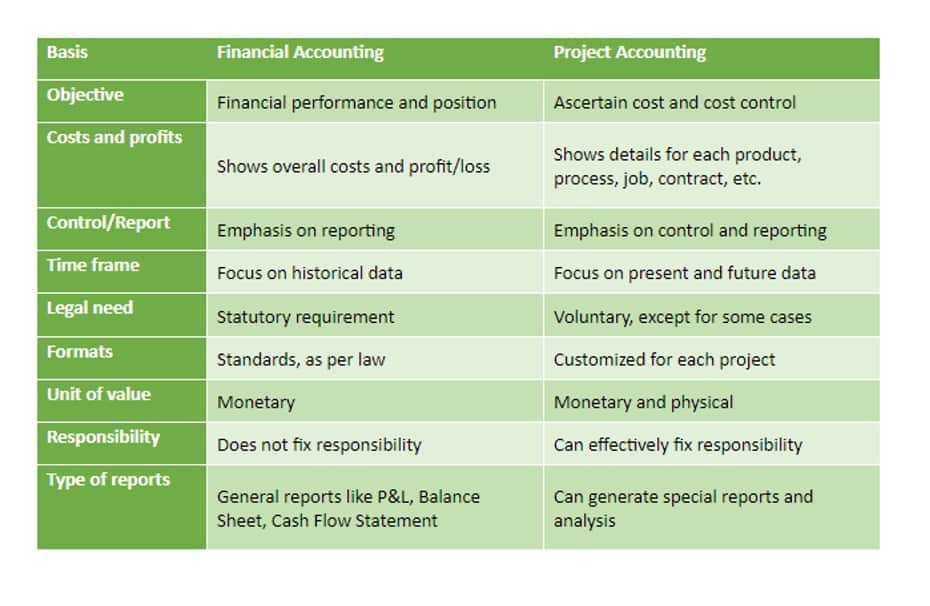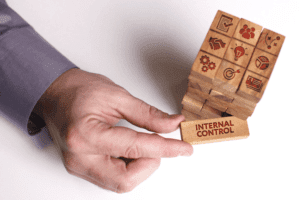
A millimeter is usually the smallest unit you can measure using a regular ruler. However, there are many units smaller than a millimeter. The mm meaning smallest unit of measuring length is Planck Length. Therefore, there are one thousand millimetres in a metre.
- Gulliver, a sea captain and a surgeon, ends up on the island of Lilliput, where people are only about 6 inches in height.
- In Japanese typography, these square symbols are used for laying out unit symbols without distorting the grid layout of text characters.
- We can use the following chart to find the approximate results for the conversion of customary units.
- We have measures like meters and kilometers to express bigger distances, like the distance between two cities, the height of mountains, lengths of rivers, etc.
- We have to multiply the length by 10 every time we move from left to right.
Millimetre
- A millimeter is usually the smallest unit you can measure using a regular ruler.
- The base unit for a millimeter is meter and the prefix is milli.
- We can use the conversion chart to convert 147.5 mm into cm.
- In case you are wondering how to measure length in millimeters or how a length of a millimeter or 1 mm looks like, let’s check it out on a ruler.
- Here, millimeters help us accurately express their length.
We have measures like meters and kilometers to express bigger distances, like the distance between two cities, the height of mountains, lengths of rivers, etc. However, the length of the wheat grain, the size of an ant, the thickness of a paper, etc., are some measures we find difficult to express in bigger units of measurement like meters. Here, millimeters help us accurately express their length. We can use the following conversion chart to convert millimeters into different metric units of length. Here’s a fun example to understand why small units are important.

Dictionary Entries Near mm
It is a small unit of measurement compared to the centimeter, meter, inches, and feet we are https://www.bookstime.com/ familiar with. To reach m from mm, we must jump three places to the left. So, we have to divide 750 by $(10 \times 10 10)$ or 1000.
- The smallest unit of measuring length is Planck Length.
- “Millimeter” is a unit of length that equals one-thousandth of a meter.
- Here’s a fun example to understand why small units are important.
- Can you imagine measuring tiny things using units like yards or miles?
The average length of a red ant is 5 mm. Express it in meters.

To measure in mm, hold a metric ruler against an object, count the Online Accounting number of whole cm of its length, and multiply by 10. Then, add the remaining mm for the full length. “Millimeter” is a unit of length that equals one-thousandth of a meter.
Find a Conversion

Some examples of objects having about 1 millimeter length areA sharp pencil point and the tip of a sewing needle are approximately 1 mm in length. As we can see in the chart, from mm to cm, only one jump to the left is required. We can use the conversion chart to convert 147.5 mm into cm. We can use the following chart to find the approximate results for the conversion of customary units. We have to multiply the length by 10 every time we move from left to right.
- Select a conversion type and the desired units.
- Also, for each time we move from left to right, we must divide the length by 10.
- A common shortening of millimetre in spoken English is "mil".
- Some examples of objects having about 1 millimeter length areA sharp pencil point and the tip of a sewing needle are approximately 1 mm in length.
- It is a small unit of measurement compared to the centimeter, meter, inches, and feet we are familiar with.


